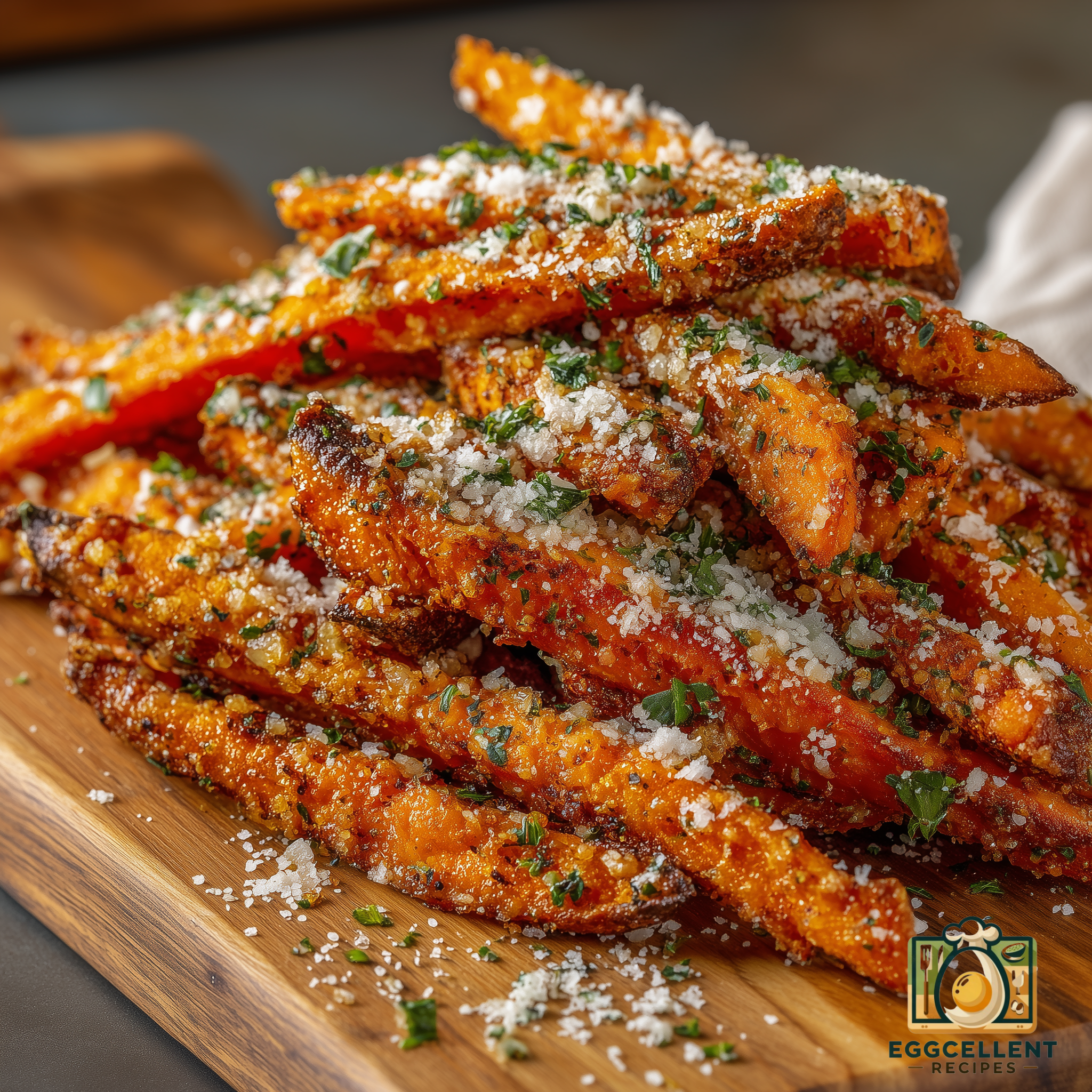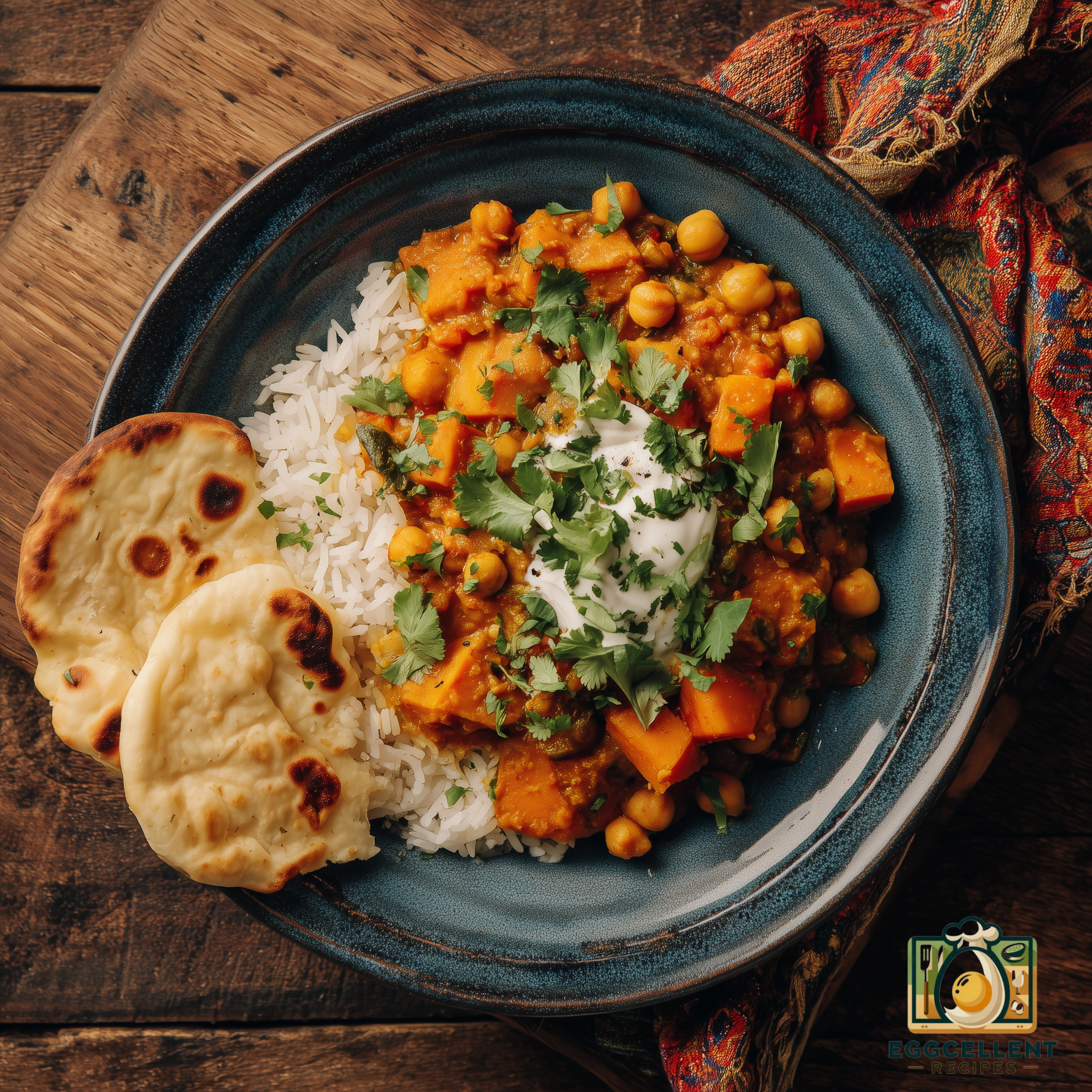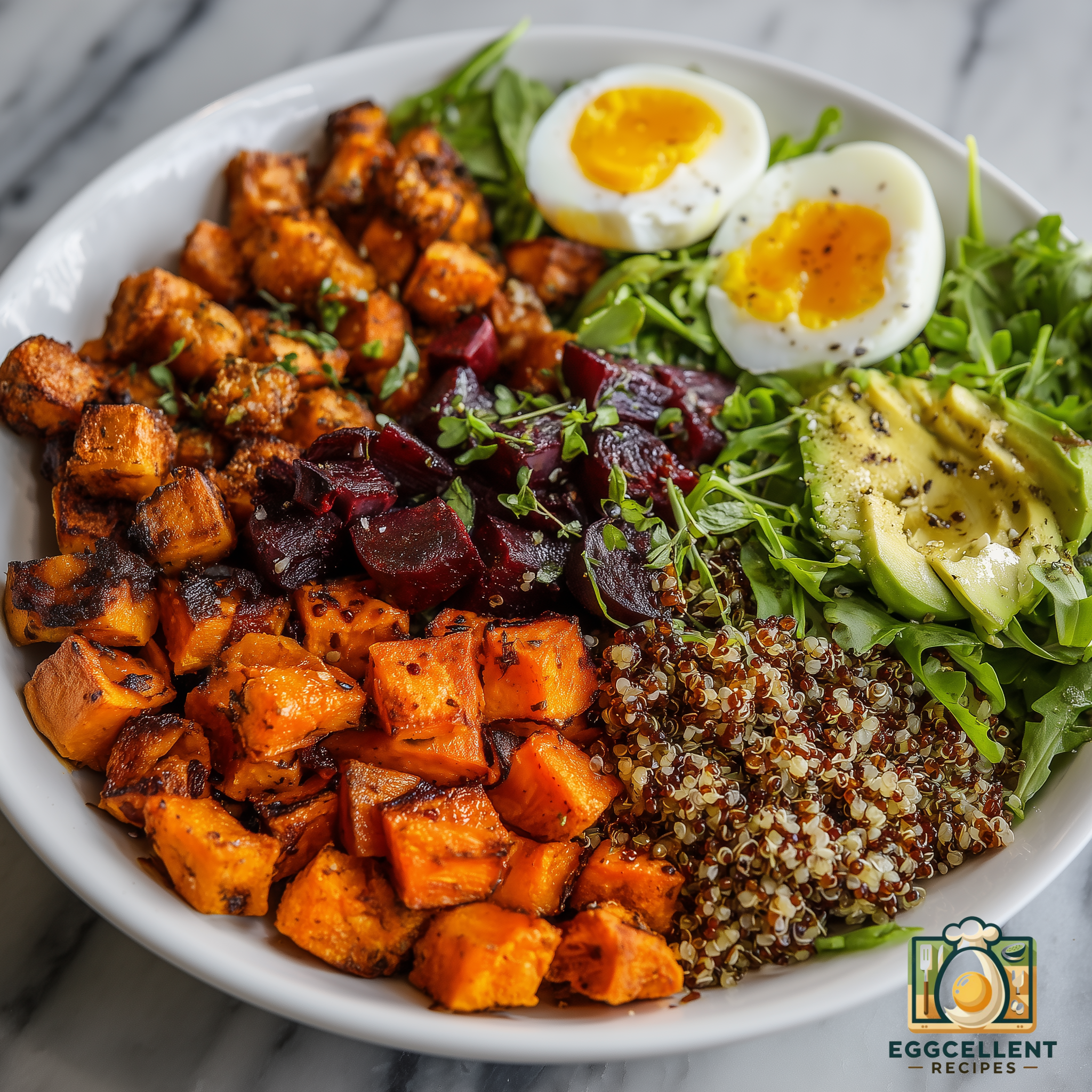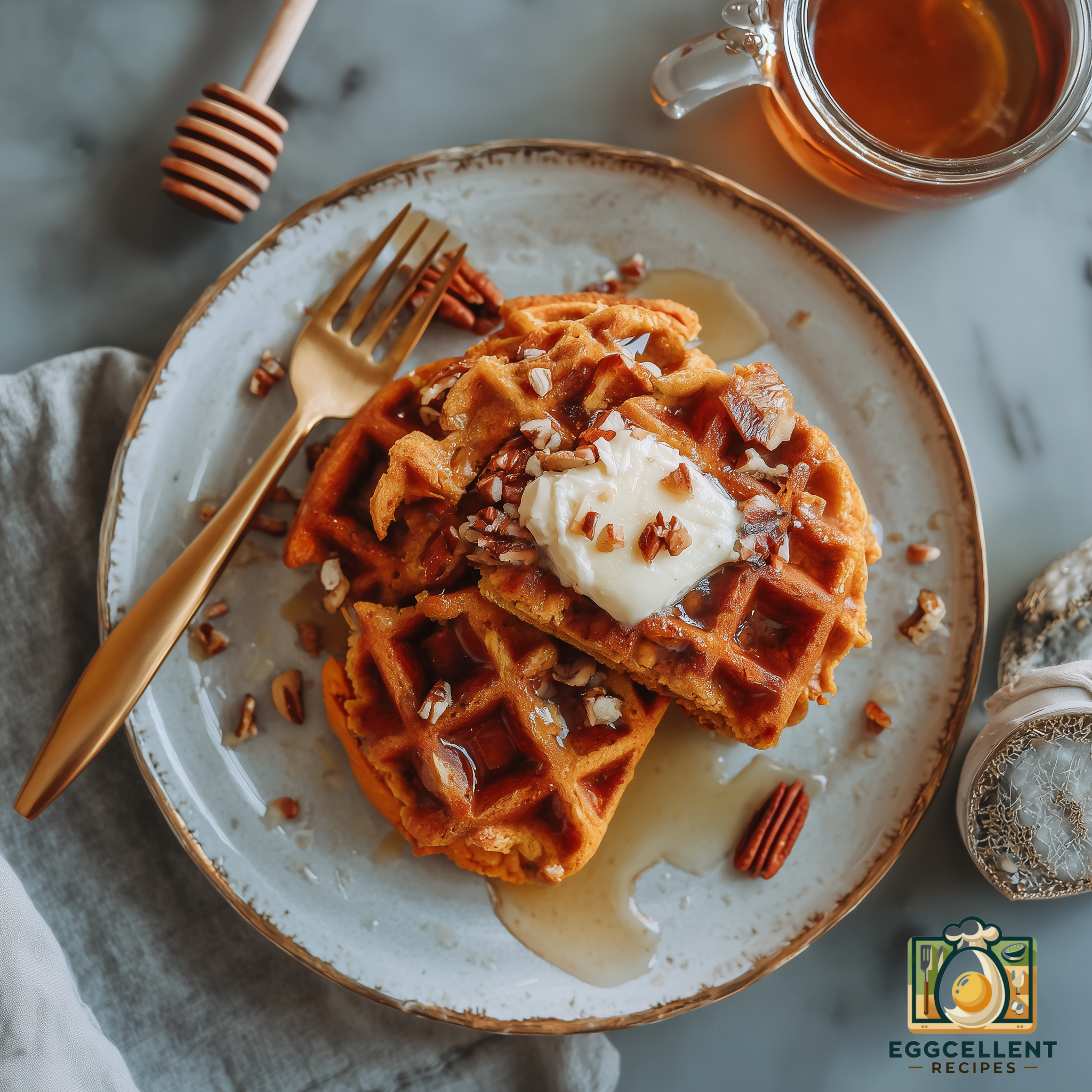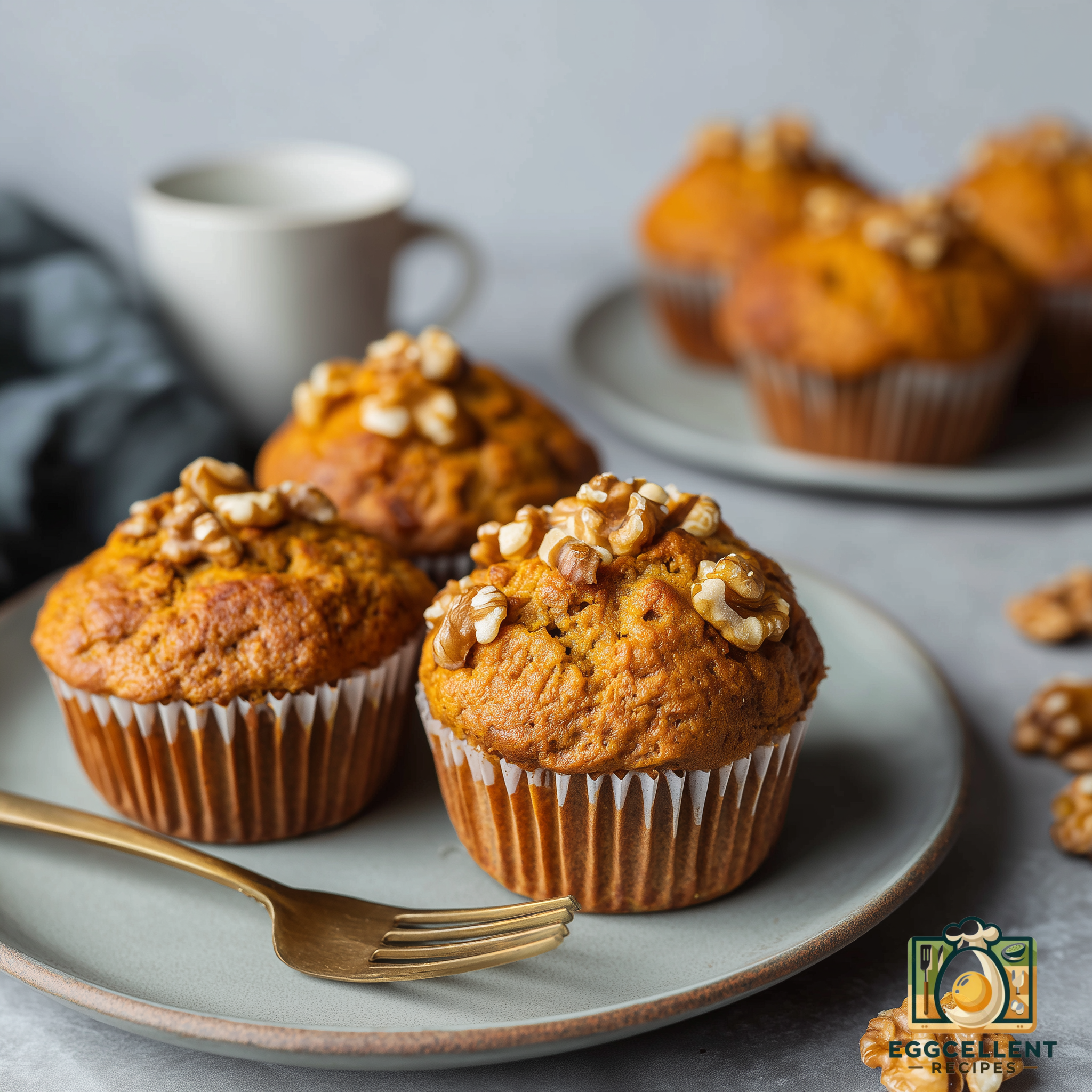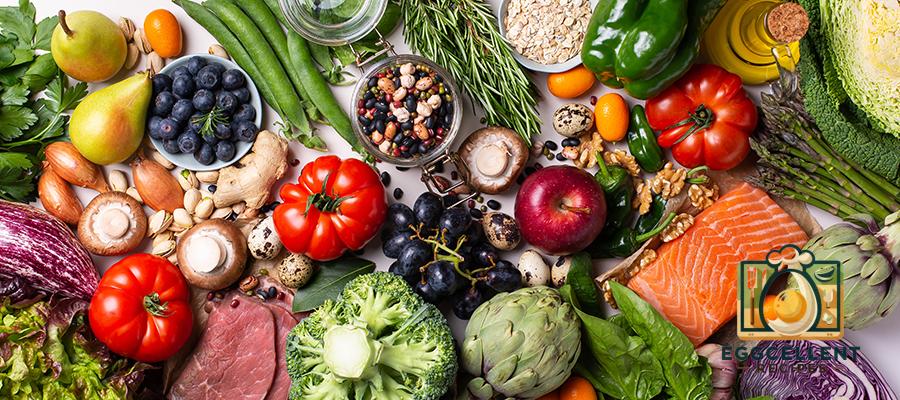
High blood pressure, also known as hypertension, is a common health issue that can lead to serious complications like heart disease, stroke, and kidney damage. The good news is that managing your diet can significantly help lower blood pressure and improve your overall heart health. By incorporating specific nutrient-rich foods into your daily meals, you can naturally support healthier blood pressure levels and reduce your risk of related health problems. In this article, we will explore the best foods to include in your diet for lowering blood pressure.
1. Leafy Greens
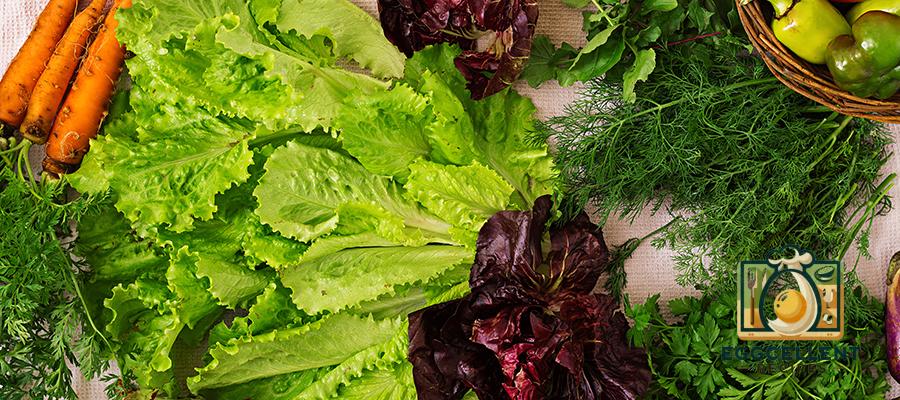
Benefits: Leafy greens such as spinach, kale, and Swiss chard are rich in potassium, a mineral that helps your body balance sodium levels and reduce blood pressure. Potassium helps your kidneys flush out excess sodium, which plays a crucial role in lowering blood pressure.
How to Eat It: Add leafy greens to smoothies, salads, soups, or sauté them as a side dish with your favorite meals.
2. Berries
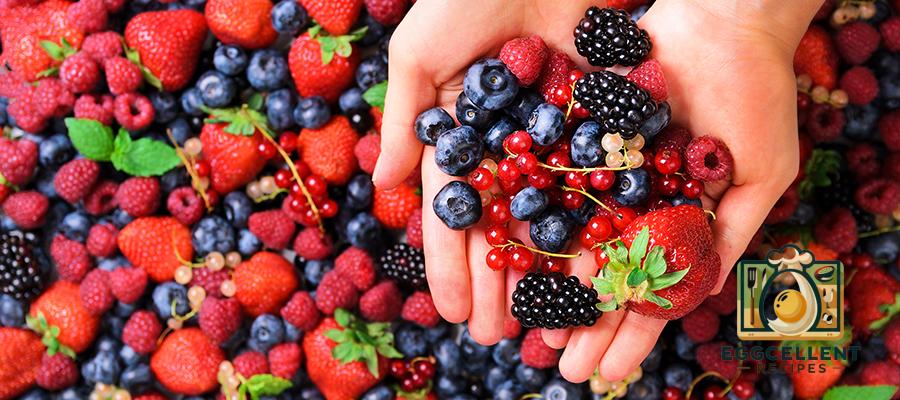
Benefits: Berries, especially blueberries, are rich in flavonoids—natural compounds that have been shown to help lower blood pressure. Berries are also high in antioxidants, which protect the blood vessels from oxidative stress and promote better circulation.
How to Eat It: Enjoy berries as a snack, add them to your morning yogurt or oatmeal, or blend them into a smoothie.
3. Beets
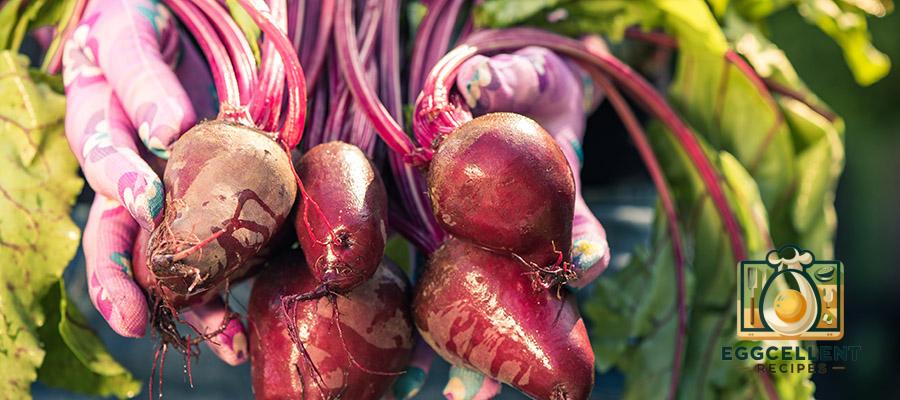
Benefits: Beets are high in nitrates, which help relax and widen blood vessels, improving blood flow and reducing blood pressure. Drinking beetroot juice has been shown to significantly lower blood pressure in people with hypertension.
How to Eat It: Enjoy roasted beets as a side dish, add them to salads, or blend beetroot juice for a heart-healthy drink.
4. Oats
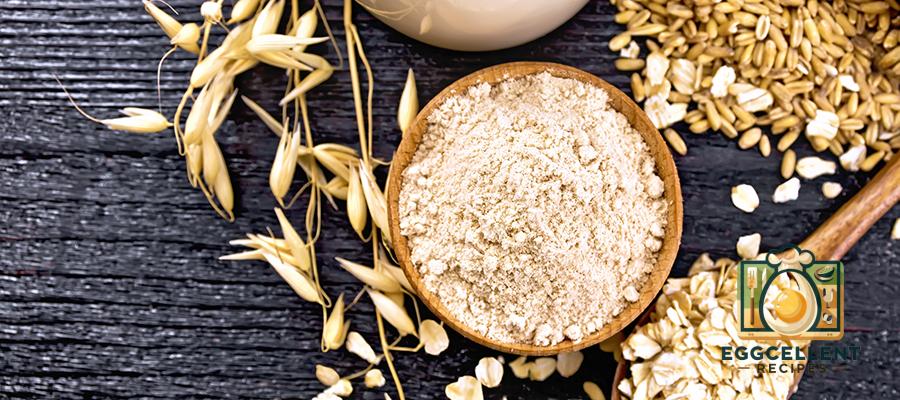
Benefits: Oats contain beta-glucan, a type of soluble fiber that helps reduce cholesterol levels and improve heart health. The fiber in oats also helps regulate blood pressure by supporting better blood flow.
How to Eat It: Start your day with a bowl of oatmeal, add oats to smoothies, or use them in baking to make heart-healthy snacks.
5. Bananas
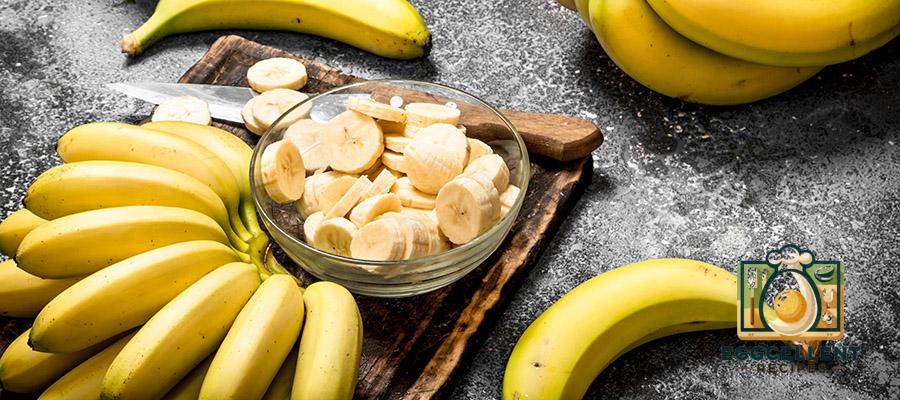
Benefits: Bananas are a great source of potassium, which helps counteract the effects of sodium and lower blood pressure. Eating potassium-rich foods can support healthy blood vessel function and reduce the risk of hypertension.
How to Eat It: Add bananas to smoothies, slice them over oatmeal, or enjoy them as a convenient on-the-go snack.
6. Fatty Fish
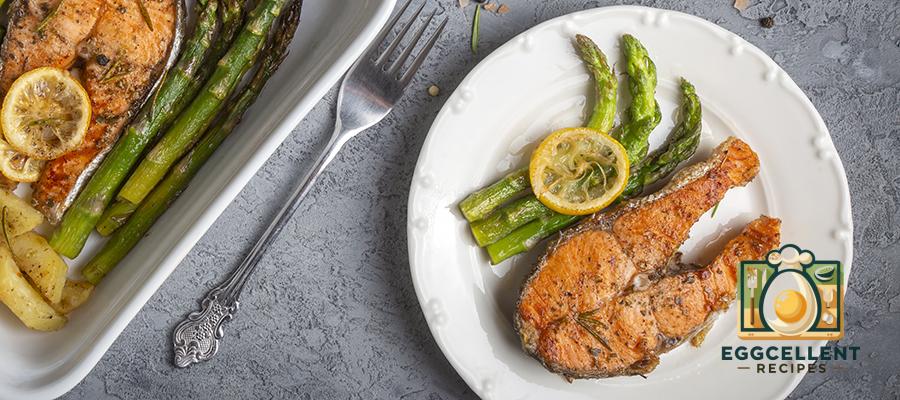
Benefits: Fatty fish like salmon, mackerel, and trout are rich in omega-3 fatty acids, which have been shown to reduce inflammation, decrease triglycerides, and lower blood pressure. Omega-3s help relax blood vessels and improve heart health.
How to Eat It: Include fatty fish in your diet 2-3 times per week by grilling, baking, or pan-searing them. Pair with leafy greens or whole grains for a complete, heart-healthy meal.
7. Garlic
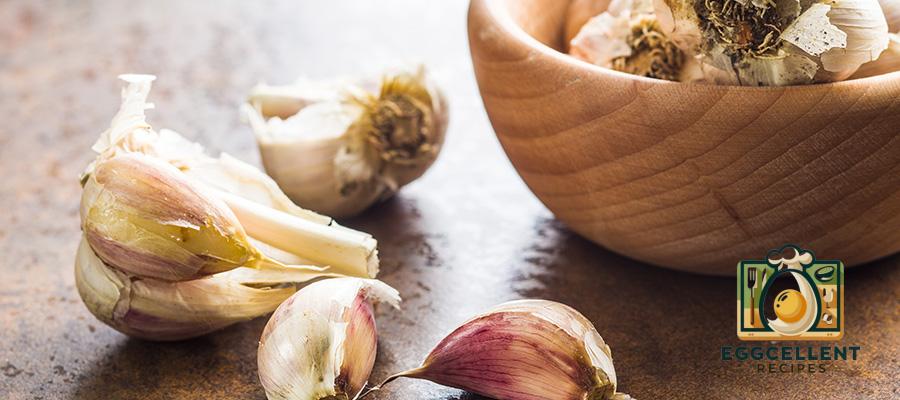
Benefits: Garlic contains allicin, a compound that has been shown to relax blood vessels and improve blood flow, which can help lower blood pressure. Garlic also has anti-inflammatory properties that benefit overall cardiovascular health.
How to Eat It: Add fresh garlic to salad dressings, soups, and roasted vegetables, or use it to season meats and fish.
8. Pomegranates

Benefits: Pomegranates are rich in polyphenols and antioxidants that help lower blood pressure and reduce inflammation. Drinking pomegranate juice has been shown to reduce both systolic and diastolic blood pressure.
How to Eat It: Enjoy fresh pomegranate seeds as a snack, sprinkle them over salads, or drink unsweetened pomegranate juice.
9. Greek Yogurt

Benefits: Greek yogurt is high in calcium and protein, both of which are important for heart health. Studies have shown that people who consume more calcium-rich foods tend to have lower blood pressure.
How to Eat It: Choose unsweetened Greek yogurt and add fresh berries, honey, or nuts for a healthy breakfast or snack.
10. Dark Chocolate
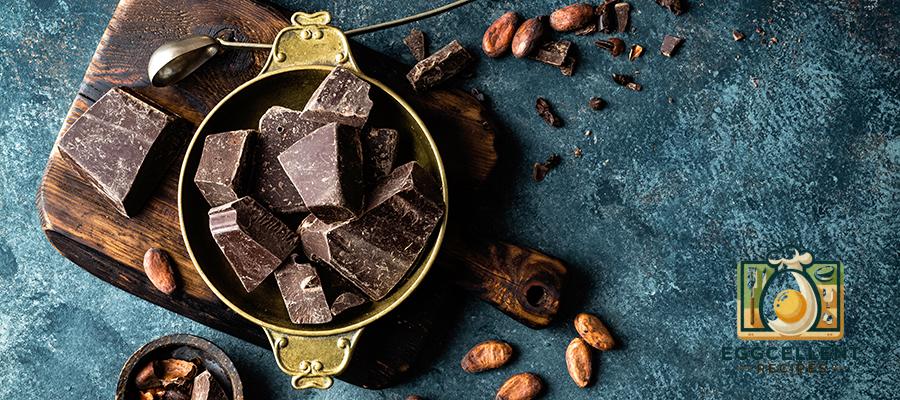
Benefits: Dark chocolate contains flavonoids that help dilate blood vessels and improve blood flow, leading to lower blood pressure. Choose dark chocolate with at least 70% cocoa content to maximize its heart-healthy benefits.
How to Eat It: Enjoy a small piece of dark chocolate as an occasional treat or add cocoa powder to smoothies and desserts.
11. Citrus Fruits

Benefits: Citrus fruits like oranges, grapefruits, and lemons are high in vitamin C, potassium, and antioxidants, which all contribute to reducing blood pressure. Citrus fruits can improve heart health by helping relax blood vessels and improve circulation.
How to Eat It: Enjoy citrus fruits fresh, add lemon juice to water, or use oranges and grapefruits in salads for a burst of flavor.
12. Pistachios
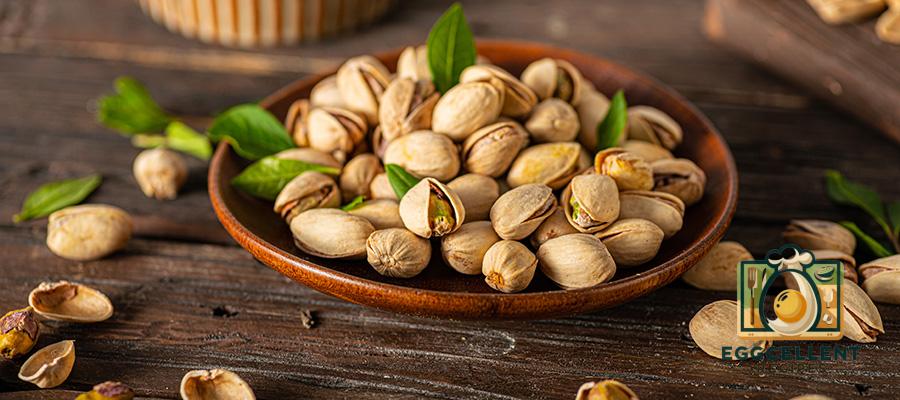
Benefits: Pistachios are a great source of healthy fats, potassium, and fiber, all of which help reduce blood pressure. Studies have shown that eating pistachios can lead to a significant reduction in both systolic and diastolic blood pressure.
How to Eat It: Enjoy pistachios as a snack or add them to salads and yogurt for a crunchy topping.
13. Chia and Flaxseeds
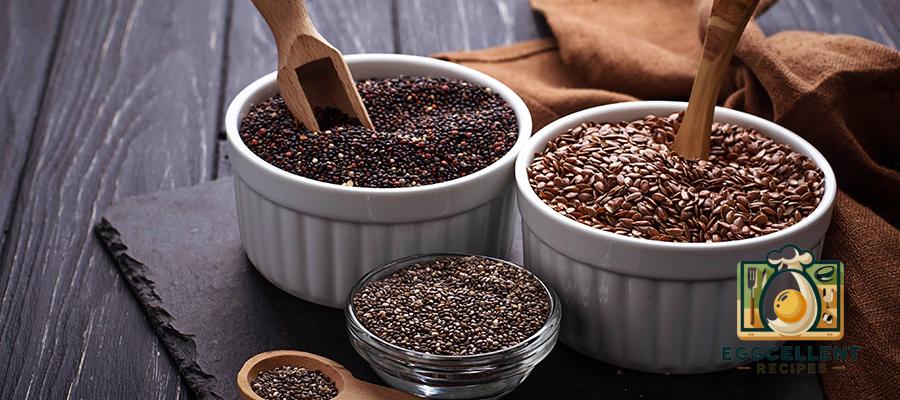
Benefits: Chia seeds and flaxseeds are rich in omega-3 fatty acids, fiber, and magnesium, all of which have blood pressure-lowering effects. They also support heart health by reducing inflammation and improving cholesterol levels.
How to Eat It: Add chia or flaxseeds to smoothies, yogurt, oatmeal, or bake them into healthy muffins and bread.
14. Olive Oil
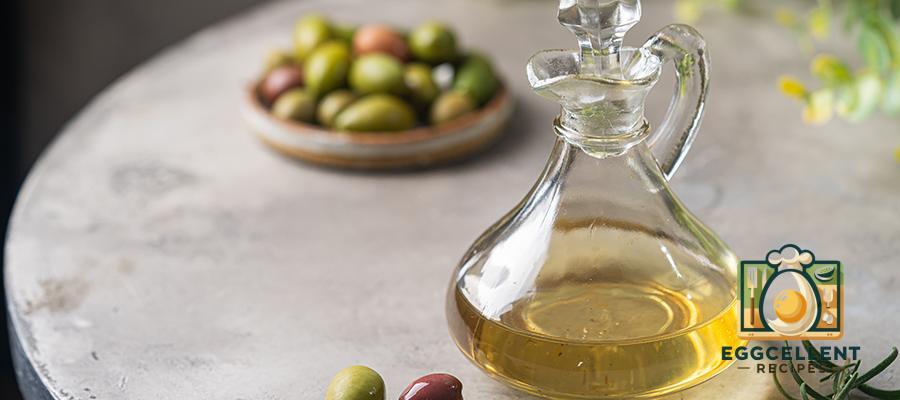
Benefits: Olive oil is a source of monounsaturated fats and antioxidants called polyphenols, which have anti-inflammatory properties that help reduce blood pressure. Regular consumption of extra virgin olive oil has been linked to improved heart health and lower blood pressure.
How to Eat It: Use extra virgin olive oil as a base for salad dressings, drizzle it over vegetables, or use it for cooking.
15. Watermelon

Benefits: Watermelon contains citrulline, an amino acid that helps relax blood vessels and lower blood pressure. Watermelon is also hydrating, which is important for maintaining healthy blood pressure levels.
How to Eat It: Enjoy watermelon as a refreshing snack, blend it into a smoothie, or add it to a fruit salad.
Tips for a Blood Pressure-Friendly Diet
- Reduce Sodium Intake: High sodium intake can lead to increased blood pressure. Limit processed foods, canned soups, and salty snacks, and use herbs and spices to add flavor instead of salt.
- Stay Hydrated: Drinking plenty of water helps maintain healthy blood flow and prevents dehydration, which can contribute to high blood pressure.
- Limit Caffeine and Alcohol: Excess caffeine and alcohol can contribute to elevated blood pressure. Consume these in moderation or avoid them altogether.
- Eat More Fiber: Fiber helps regulate blood pressure and cholesterol levels. Include fiber-rich foods like whole grains, fruits, vegetables, and legumes in your diet.
Final Thoughts
A healthy diet can make a significant impact on managing blood pressure and reducing the risk of heart disease. By incorporating these 15 foods—such as leafy greens, berries, fatty fish, and oats—into your daily meals, you can naturally support lower blood pressure levels and improve your heart health.
Remember that lifestyle factors like regular physical activity, reducing stress, and getting enough sleep are also crucial for maintaining healthy blood pressure. By combining these foods with a balanced lifestyle, you can take proactive steps to support your cardiovascular health and overall well-being. Always consult with a healthcare professional before making significant changes to your diet, especially if you have pre-existing health conditions.

